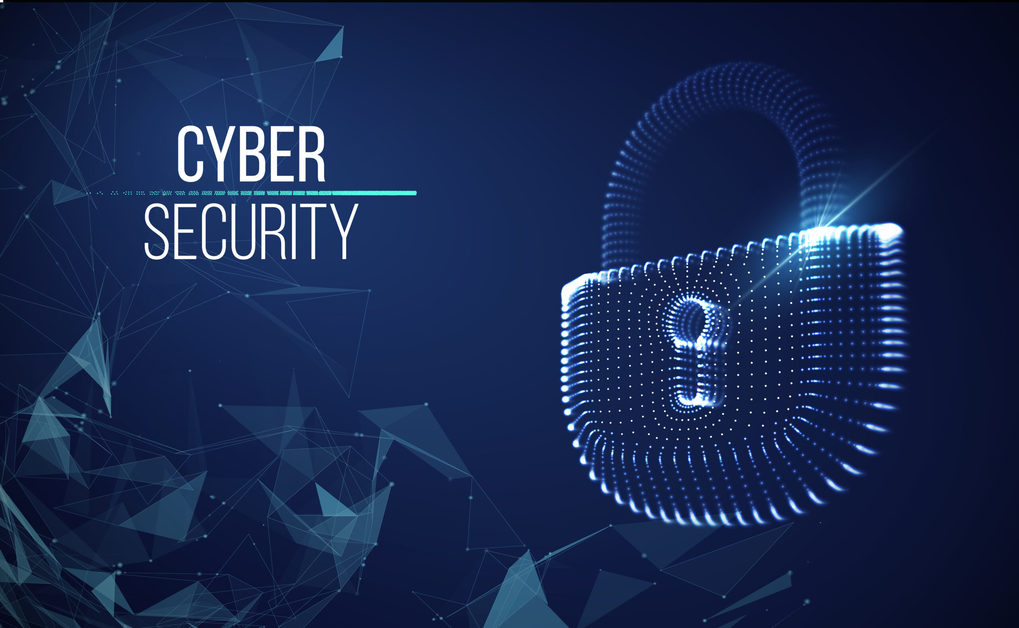Cyber security is such a pressing matter among companies, especially for large enterprises. Since there’s a lot to get from hacking large companies, they’re bound to experience cyber threats such as Trojans, malware, phishing, and ransomware regularly. But remember that there have been cases of cyberattacks on businesses with 100 or fewer employees, so small- and medium-sized companies are not exempt from this issue.
Regardless of the size of your company, consider strengthening your cyber security. There’s no better way to do that than by increasing the number of your security controls.
Security controls are countermeasures that prevent cyberattacks and minimize security risks on information, physical property, and, most importantly, your computer systems. For more information, you can read the article of Beryllium regarding security controls.
If you plan to establish newer security controls for your computer systems, you might want to consider looking into the following cyber security practices:
Invest In Antivirus Software
A long time ago, you only had to worry about viruses, but that’s no longer the case. Today, there are all kinds of cyberthreats such as Trojan horses, worms, spyware, ransomware, and malware. If you want to be protected against these kinds of threats, you should consider investing in antivirus software. Antivirus software refers to any program designed to detect and eliminate various threats to a system, including those mentioned earlier.
Establish A Firewall
Antivirus software focuses on threats that may corrupt the programs inside a computer system. However, it doesn’t cover external threats; for those, you need a firewall. A firewall is a form of security control that helps keep external threats from breaching a computer system in the first place. You can think of it as the first line of defense against cyber threats. A firewall partnered with antivirus software can provide extremely powerful protection for any organization.
Utilize Multifactor Authentication
Usually, when logging into a computer system, you need to input your username and an authentication code, which is the password. But as previously said, cyberthreats have already evolved. It’s no longer enough to use a single authentication code, and that’s what multifactor authentication (MFA) is all about.
Basically, multifactor authentication is the process of requiring more than two codes from the user. So instead of a password alone, the system may also ask for a fingerprint, one-time passwords (OTPs), and more. This reduces the chances of hackers getting into the system.
Encourage Safe And Secure Passwords
Although you can use MFA, passwords are still the hardest authentication codes to crack. Hackers can steal OTPs with special software or even fake fingerprints. However, passwords are difficult to predict, perhaps due to their randomness.
If you’re going to implement MFA, you might as well make sure your employees have safe and secure passwords. You can start by giving them a few pointers, such as the following:
- Use a password generator for the sake of randomness.
- Avoid common characters.
- Use a mix of characters.
- Lengthen your password.
Monitor Third Parties’ Access To Data
Certain companies outsource some of their operations to third-party agencies. In doing so, they’re giving those firms access to confidential information.
If you’re currently in partnership with an outsourcing agency, you might want to consider monitoring them and limiting their access to data as well. After all, you can’t strengthen their cyber security even if you want to. If you do suffer from security breaches due to their negligence, your company would be on the losing side, so it’s better to be safe than sorry.
Check For Security Patches And Updates
Operating systems roll out security patches and updates every now and then. Your job is to apply those patches as soon as possible. Even if you leave your computer system outdated only for a few hours, there can be severe consequences.
Back Up All Data
Regardless of how secure your system is, there’s no guarantee that a hacker won’t get past your security controls. To minimize the damage from security breaches, companies must have a backup of all their data on a device not connected to the computer system. That way, if ever the computer system’s corrupted, you don’t have to worry about your data getting lost.
Educate Your Employees
Making mistakes is what makes one human. Some errors have minor consequences, but some can lead to huge problems. If your employees have access to the company’s system, the only thing hackers need to do is to take advantage of inexperienced employees. They can do this through phishing and other social engineering techniques.
If you don’t want your employees to bear all the blame for a security breach, try raising their awareness through training that teaches them about cyber security threats. Granted, it won’t guarantee 100% security, but it will reduce the chances for a cyberattack nonetheless.
Wrapping Up
Take note that every security control has a weakness. Your job is to ensure that those weaknesses are taken care of by other security controls. Take antivirus software and firewall, for example. Antivirus software deals with internal threats, while a firewall deals with external threats. If you want to strengthen your cyber security, you need to know how cyber security practices interact with each other, and this guide should have everything you need in that regard.










Leave a Reply